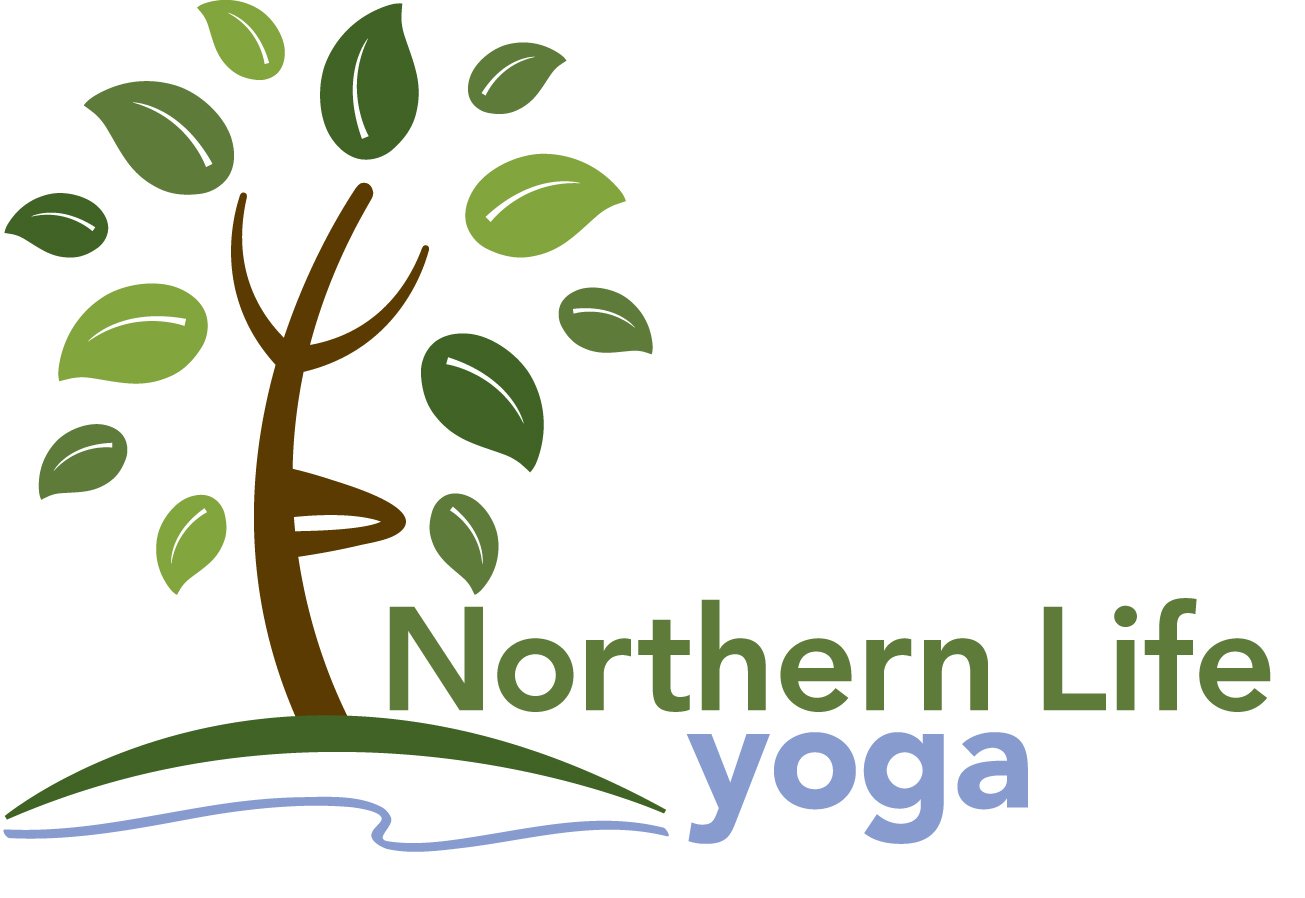To Namaste or Not To Namaste
In the greater world of Western yoga, there is a conversation about the application and appropriateness of using namaste as a way to close yoga classes. The word namaste is used in the Hindi language as a formal greeting when meeting new people, or greeting people older than oneself. Namaste translates to the approximation of “I bow to you,” but to most people who use this word in their own language and everyday life, it is not meant in a spiritual context or even in any sort of profound context, beyond a greeting of respect.
In Western yoga classes, namaste is used to end classes, and at Northern Life Yoga, many of our instructors will precede this closing with a variation of the statement, “the light in me, sees and honors (or bows to) the light in you.” This is intended to serve as a translation or explanation of namaste, in the sense that we are greeting and acknowledging the light we all possess and have continued to cultivate in this class together.
There is debate over whether or not this is appropriate. If Indian teachers had offered this word to Western practitioners, I don’t believe there would be so much contention. As it stands, however, there is very little known about when we started using namaste to close classes, and who began this practice in the first place. The general consensus, unfortunately, is that Western instructors began to use namaste as a way to make their yoga-fitness classes feel more authentic, and adopted the word without understanding its meaning, which is why it has both been reduced to a simple closing of class (which doesn’t make sense to those who actually use this word in their language and lexicon) and has been conflated to some holy call-and-response.
How problematic the use of namaste is also seems up for debate, and is highly dependent upon who you ask. To some, saying namaste at the end of class instead of the beginning just feels silly, to others it signals an offensive lack of understanding and potential appropriation. To some, knowing the meaning behind the word and sharing that with students is a step in the right direction. To others, working on our pronunciation of what should sound more like “nuh-muh-stheh” would help ease tension around the use of the word.
Puns on graphic tees, like “Namaste in bed” which emphasize improper pronunciation (nah-mah-stay) as well as improper use and lack of understanding, are decidedly unacceptable, and we have removed any of our merchandise that bore these or similar phrases from our shelves. We do so because it is our goal to grow in our understanding of how the words we use affect others, and as yoga practitioners it is our highest imperative to do no harm. As we learn and grow, we are called to implement what we know in order to spread kindness, awareness, understanding, and acceptance.
Both historical and modern cultural awareness and empathy are vital as we use words of another language that most of us do not speak, and utilize philosophies and practices that hold an important and very different place in a living culture that is not our own. It is important to respect the traditions from which we borrow yoga, even as it changes and adapts in a new culture, setting, and time.
Sharing this discussion with you, is not to say that we are no longer going to say namaste, or that you are unwelcome to do so. We simply wish to inform you of the larger conversation being held, so you can make an informed decision about your use of the word namaste. We give this same choice to our instructors, and we hope you will understand if some of our instructors make the decision to change their closing statements at the conclusion of their classes.
Yoga is still yoga without closing the class with specific words. We invite you to keep an open mind as we navigate this information, remembering that yoga is the practice of growing by facing discomfort.
We are grateful for each and every one of your lights in our studio, and we still bow to you.
—Gabbie Gordon, Client Experience Manager
